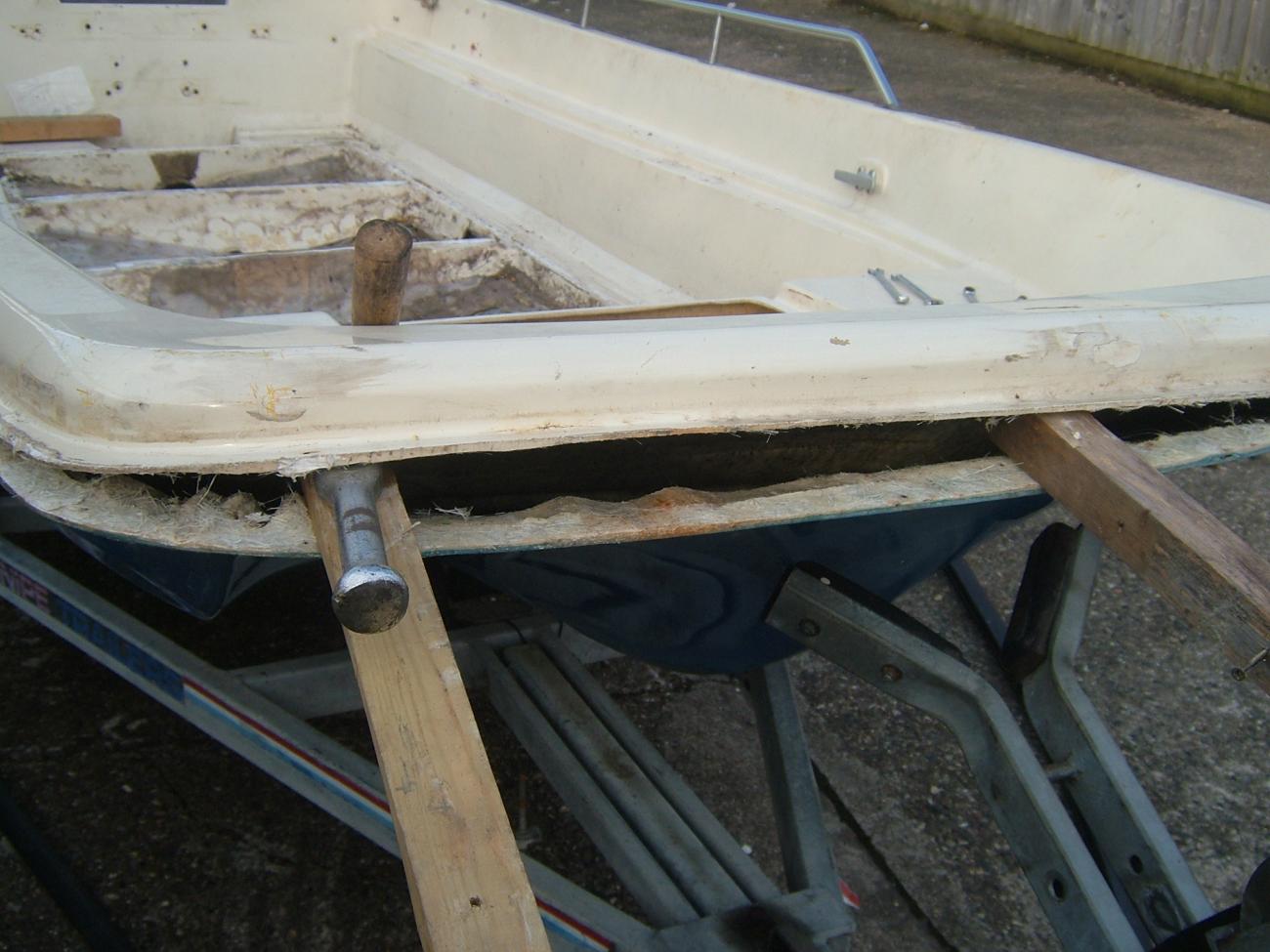first off im Not sure if this is the right section to post this, so i am sorry if its wrong place
Has anyone here had or use a transom made from recycled plastics ???
i am renovation (destruc t and rebulid) my boat as the transom was totaly rotten.
i was going to use brand new marine ply inside the back but have since been looking at some stuff called ecosheet and also stokbord.
'this stuff is made entirely from recycled plastic and the information on it says its stronger than ply and will not rot.
it good for fresh water tanks,can be used in salt water as well,is never gonna rot and can be cut with noram tools.
Its not the same as the coosa board, this stuff is just about the same weight as ply in same thickness etc, but seems to be ideal if it can be stuck down with epoxy or polyester resin and cloth etc.
i just wondered what is the downsides to something like this and has it been used by one on this forum.
i like the idea of a transom that cannot go rotten as my boat is not like a normal boat thats easy to take the top off and just replace the transom and stringers etc.
the boat i have is like a classic 13 boston whaler and ive managed to get it apart in two halves.
The boat will again be filled with foam between the 2 skins and will have a new transom put in,but i am thinking should i go with the ply or try the plastic transom.
i dont want to be putting it in then finding its not gonna work, as once back together this boat will NOT ever come apart again.
It took 5 days to get the 2 skins apart and only lucky that i made a special tool by pure accident to let me get at the foam and cut it.
you can see by the pics below that this was a bit of a task.
any info on a plastic type transom would be great
also my transom is just 2 x half in boards with small centre section of another 1/2 inch board.
the transom board did not go all the way across, but will be when put back and tabbed in realy well and also the back corners toughened up as well
proginaly rated to 50hp, but i am going to probably end up with 70hp when i get bigger carbs.
phill



 Thanks:
Thanks:  Likes:
Likes: 
 Reply With Quote
Reply With Quote






Bookmarks